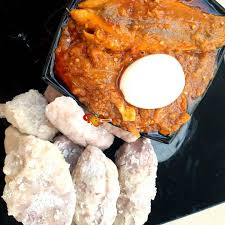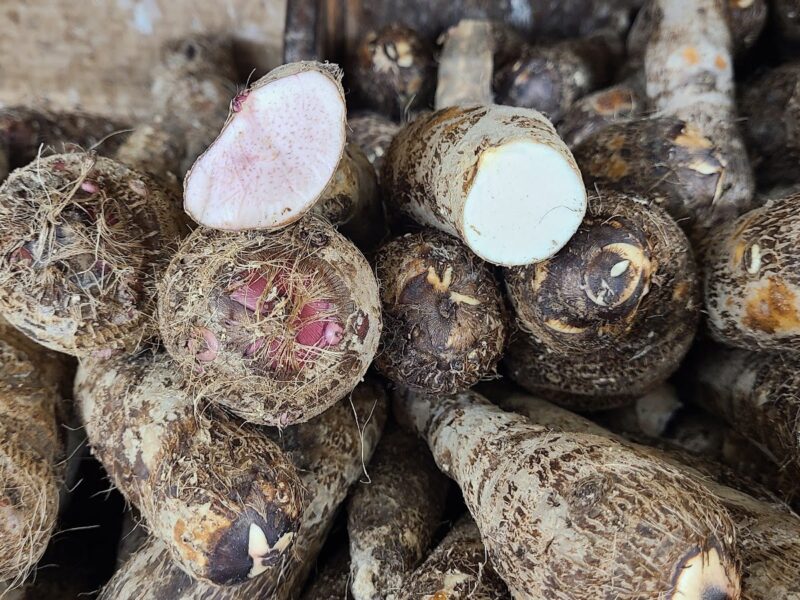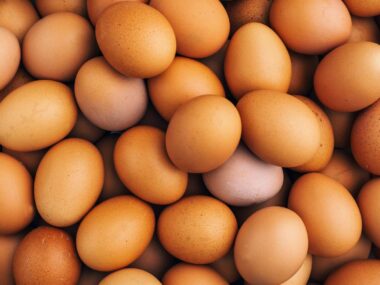Cocoa yam, scientifically known as Dioscorea cayenensis-rotundata, is a starchy tuberous root vegetable commonly cultivated in West Africa, particularly in countries like Nigeria, Ghana, and Côte d’Ivoire.
While cocoa yam is a staple food in these regions, its versatility and nutritional benefits make it an excellent gluten-free alternative in cooking for individuals with celiac disease or gluten sensitivity.
This essay delves into the culinary potential of cocoa yam as a gluten-free substitute, exploring its nutritional value, cooking methods, and diverse applications in various dishes.
Nutritional Composition of Cocoa Yam
Cocoa yam is a nutrient-dense food rich in carbohydrates, dietary fibre, vitamins, and minerals. It serves as an excellent source of energy while offering numerous health benefits.
The tuber contains essential nutrients such as vitamin C, vitamin B6, potassium, manganese, and dietary fibre. Additionally, cocoa yam is low in fat and cholesterol-free, making it a healthy choice for individuals following gluten-free diets.
Gluten-Free Cooking with Cocoa Yam
Cocoa yam offers a versatile and flavorful option for gluten-free cooking, providing a suitable substitute for wheat-based ingredients in various recipes. Here are some ways cocoa yam can be used as a gluten-free alternative:

- Flour Substitute: Cocoa yam flour can be used as a gluten-free alternative to wheat flour in baking and cooking. It adds a unique flavour and texture to dishes while enhancing their nutritional value. Cocoa yam flour can be used to make gluten-free bread, pancakes, cakes, and pastries, providing a wholesome option for individuals with gluten intolerance.
- Thickening Agent: The starchy nature of cocoa yam makes it an excellent thickening agent in soups, stews, and sauces. Instead of using wheat-based thickeners like flour or roux, pureed cocoa yams can be added to recipes to achieve a creamy consistency without gluten.
- Binding Agent: In recipes where gluten acts as a binding agent, such as meatballs or veggie burgers, mashed cocoa yam can be used as a gluten-free alternative. Its sticky texture helps hold ingredients together while adding moisture and flavour to the dish.
- Breading Substitute: Cocoa yam can be used as a gluten-free alternative to breadcrumbs for coating meats, fish, or vegetables before frying or baking. Finely ground cocoa yam flakes or flour can be seasoned and used to create a crispy, golden crust without gluten.
- Noodle Substitute: For individuals craving pasta dishes but avoiding gluten, cocoa yams can be spiralized or sliced thinly to create gluten-free noodles. These noodles can be used in place of traditional wheat-based pasta in dishes like stir-fries, salads, or casseroles.
Health Benefits of Cocoa Yam in Gluten-Free Cooking
In addition to being gluten-free, cocoa yam offers several health benefits when incorporated into gluten-free cooking:
- High in Fiber: Cocoa yam is an excellent source of dietary fibre, promoting digestive health, regulating blood sugar levels, and aiding in weight management. Including cocoa yam in gluten-free recipes helps increase fibre intake and supports overall well-being.
- Rich in Vitamins and Minerals: Cocoa yam is packed with essential vitamins and minerals, including vitamin C, vitamin B6, potassium, and manganese. These nutrients play vital roles in immune function, metabolism, and overall health, making cocoa yam a nutritious addition to gluten-free meals.
- Low Glycemic Index: Despite its starchy nature, cocoa yam has a relatively low glycemic index, resulting in slower and steadier increases in blood sugar levels compared to high-glycemic foods. This property makes cocoa yam suitable for individuals with diabetes or those following gluten-free diets for weight management.
- Antioxidant Properties: Cocoa yam contains antioxidants such as vitamin C and flavonoids, which help combat oxidative stress, reduce inflammation, and protect against chronic diseases. Including cocoa yam in gluten-free recipes provides an antioxidant boost to support overall health and well-being.
- Allergen-Free: Unlike gluten-containing grains such as wheat, barley, and rye, cocoa yam is naturally gluten-free and safe for individuals with celiac disease or gluten sensitivity. Using cocoa yam in gluten-free cooking allows individuals to enjoy a wide range of delicious and nutritious meals without worrying about gluten-related health issues.
Conclusion:
Cocoa yam offers a valuable gluten-free alternative in cooking, providing a nutritious and flavorful option for individuals with celiac disease, gluten intolerance, or those choosing to follow a gluten-free diet for health reasons.
Whether used as a flour substitute in baking, a thickening agent in soups, or a noodle substitute in pasta dishes, cocoa yam adds a unique taste and texture to gluten-free recipes while offering numerous health benefits. By incorporating cocoa yam into gluten-free cooking, individuals can enjoy delicious and satisfying meals that support their dietary needs and promote overall well-being.
Related Tags
Taiwo Olawuyi
Taiwo Olawuyi is a highly dedicated and passionate professional blogger, renowned for her ability to create captivating, informative, and engaging content in the realm of health and wellness. She holds a Bachelor's degree in Political Science from Olabisi Onabanjo University and a Master's degree in Adult Education from the prestigious University of Ibadan. Her profound passion for health and wellness, coupled with her unwavering dedication to her audience, serves as a constant source of inspiration and enlightenment for readers worldwide.










